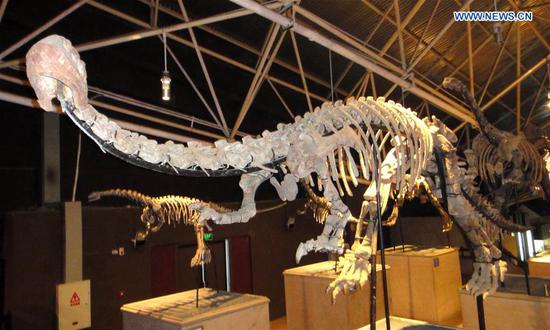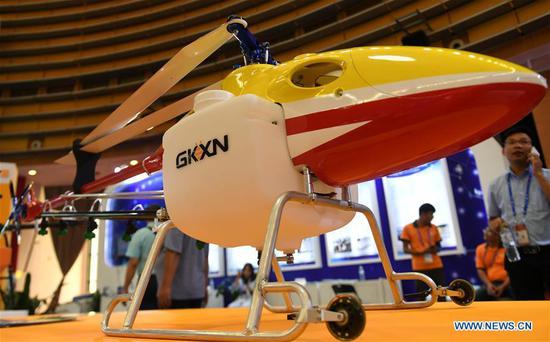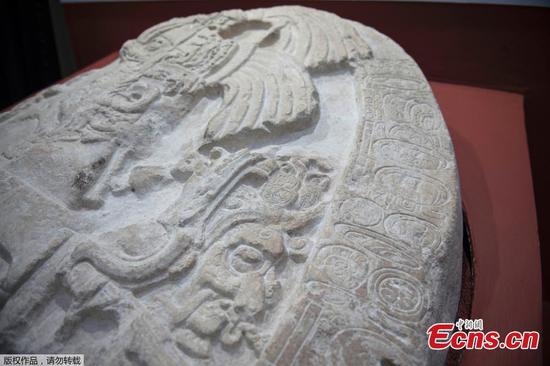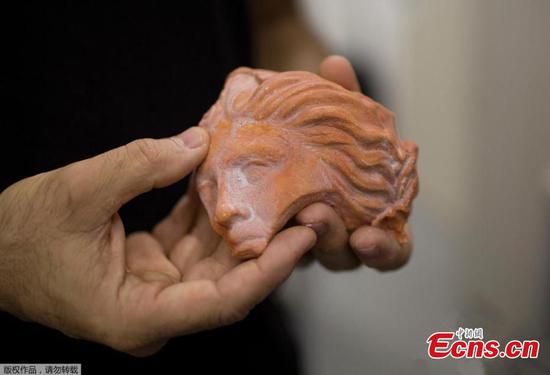Chinese researchers have made a major breakthrough in deep genome annotation of a model diatom, paving the way for a broader application of genetic technologies into precision medicine.
Genome annotation, or DNA annotation, is the process of identifying the location of genes and all of the coding regions in a genome and determining what those genes do.
The research group, led by Ge Feng of Institute of Hydrobiology under the Chinese Academy of Sciences, made a deep genome annotation of Phaeodactylum tricornutum, a unicellular photosynthetic eukaryote, and drew a refined map of its proteome, using an integrated proteogenomic pipeline, according to a paper on the latest issue of Molecular Plant.
The team also developed a full set of experimental techniques and an analysis process which is applicable to the deep proteogenomic annotation of any sequenced eukaryotes.
For a long time, international scholars have been studying complex genomes, one of the frontier issues of life sciences, which can help distinguish the coding and non-coding genes and precisely describe the distribution and structure of these genes.
Yang Mingkun, a senior researcher and the first author of this paper, said compared with traditional bioinformatics analysis, proteogenomic analysis is more direct and reliable when annotating the genome.
"As protein is the final executor of genes and life activities, proteogenomic analysis can be applied to deeply annotate the genome. Such a method can help not only discover new proteins but also identify their posttranslational modifications," Yang said.
Yang also said that proteogenomics can detect the expression change, regulation model and disease-related genetic mutation of proteins. The findings are believed to have the potential to further promote the application of proteogenomics in life sciences and healthcare, especially in precision medicine, Yang said.


















































